ulrichsd
No longer a newbie, moving up!
- Joined
- Feb 9, 2011
- Messages
- 451
- Reaction score
- 34
- Location
- Cincinnati, OH
- Can others edit my Photos
- Photos OK to edit
I've read multiple sites say the difference between the f/1.8 and f/1.4 is 2/3rds of a stop different... but the aperture difference of 1.8-1.4 = 0.4, not 2/3rds (0.667).
So I guess my question is why is 1.8 to 1.4 a 2/3rds stop difference, not 2/5ths?
Thanks for answering,
Scott
So I guess my question is why is 1.8 to 1.4 a 2/3rds stop difference, not 2/5ths?
Thanks for answering,
Scott



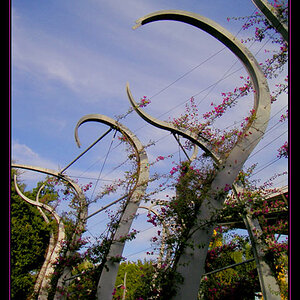
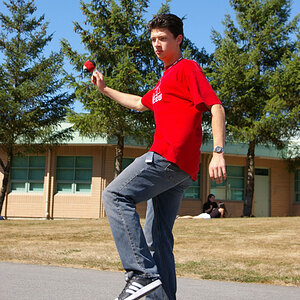
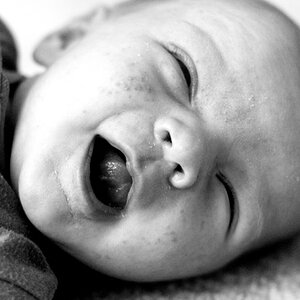
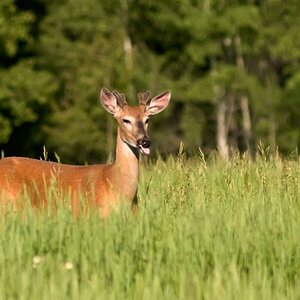
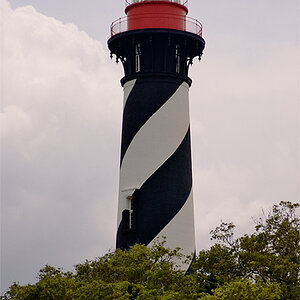
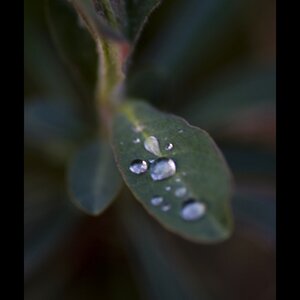
![[No title]](/data/xfmg/thumbnail/36/36679-b3112c1f4841912cbaa9edc11e6852fe.jpg?1619737677)
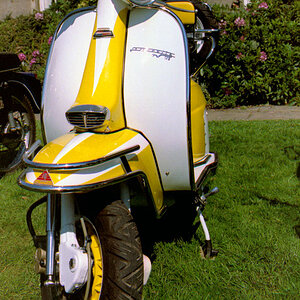
![[No title]](/data/xfmg/thumbnail/36/36678-71ca8166409788704ac0b1cd83c26787.jpg?1619737677)
![[No title]](/data/xfmg/thumbnail/36/36681-6b091a8cd7318d47018c823a2eff3185.jpg?1619737677)
![[No title]](/data/xfmg/thumbnail/42/42274-5bec1b32caba5fed4a680bc5be4d0202.jpg?1619740083)